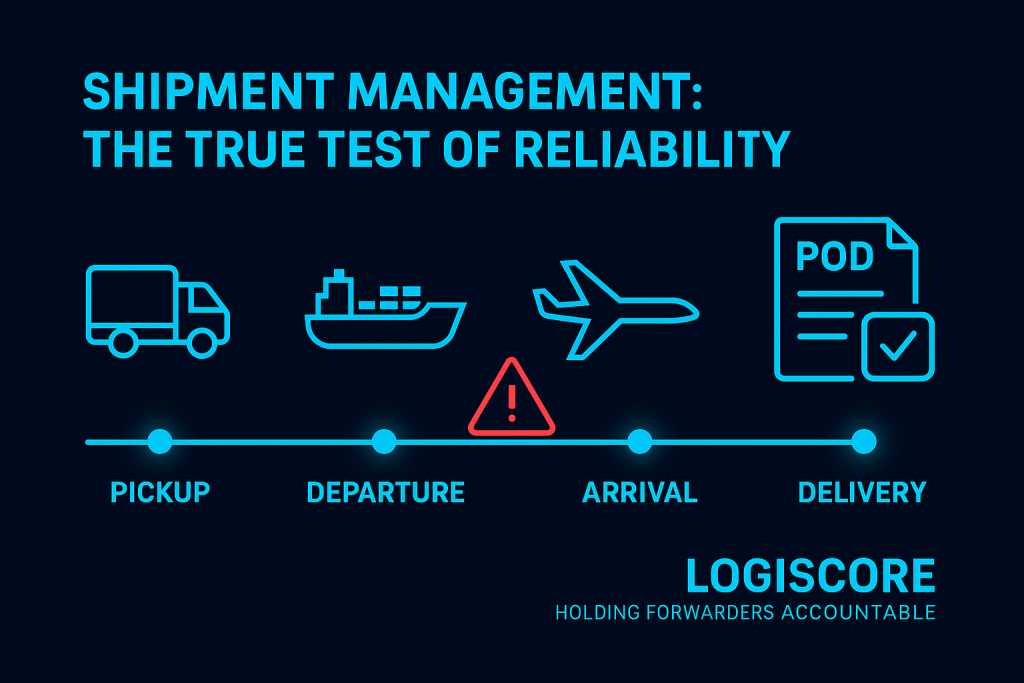Why Shipment Management Defines Supply Chain Reliability

In today’s interconnected logistics networks, shipment management is no longer a back-office function—it is the beating heart of supply chain reliability. Shippers expect forwarders to be proactive partners, not passive intermediaries. The difference between a good forwarder and an excellent one lies in how they manage visibility, communication, and contingency planning.
From Reactive to Proactive
Industry best practices emphasize proactive milestone updates—pickup, departure, arrival, and delivery—shared without being prompted. According to a McKinsey report, companies that embed proactive communication into their logistics operations improve customer satisfaction scores by up to 30%. Pre-alerts ahead of vessel ETA give consignees time to prepare, optimizing warehouse staffing and downstream distribution.
Speed, Accuracy, and Accountability
Proof of Delivery (POD) is a non-negotiable document in global trade. When provided within 24 hours of delivery, it accelerates billing cycles and reduces disputes. Research from Gartner highlights that delays in POD submission extend Days Sales Outstanding (DSO) by an average of 5–7 days, directly impacting working capital.
Managing Disruptions
No supply chain is immune to disruptions—weather, port congestion, and geopolitical events all test resilience. What differentiates a forwarder is not the absence of delays, but how quickly they notify shippers and offer recovery plans. The World Economic Forum stresses that transparency and speed in disruption management are now top criteria in selecting logistics partners.
The New Standard
Shippers increasingly evaluate forwarders on shipment management performance, not just rates. Platforms like LogiScore are giving voice to these expectations by holding forwarders accountable for proactive communication, documentation timeliness, and recovery planning.
In a competitive marketplace, shipment management is no longer an operational detail—it is a strategic differentiator.
📚 References
- McKinsey & Company (2022). Transforming Customer Experience in Logistics.
- Gartner (2023). Logistics Technology Trends: Visibility and Automation.
- World Economic Forum (2023). Global Supply Chain Resilience Report.
Leave a Reply
You must be logged in to post a comment.